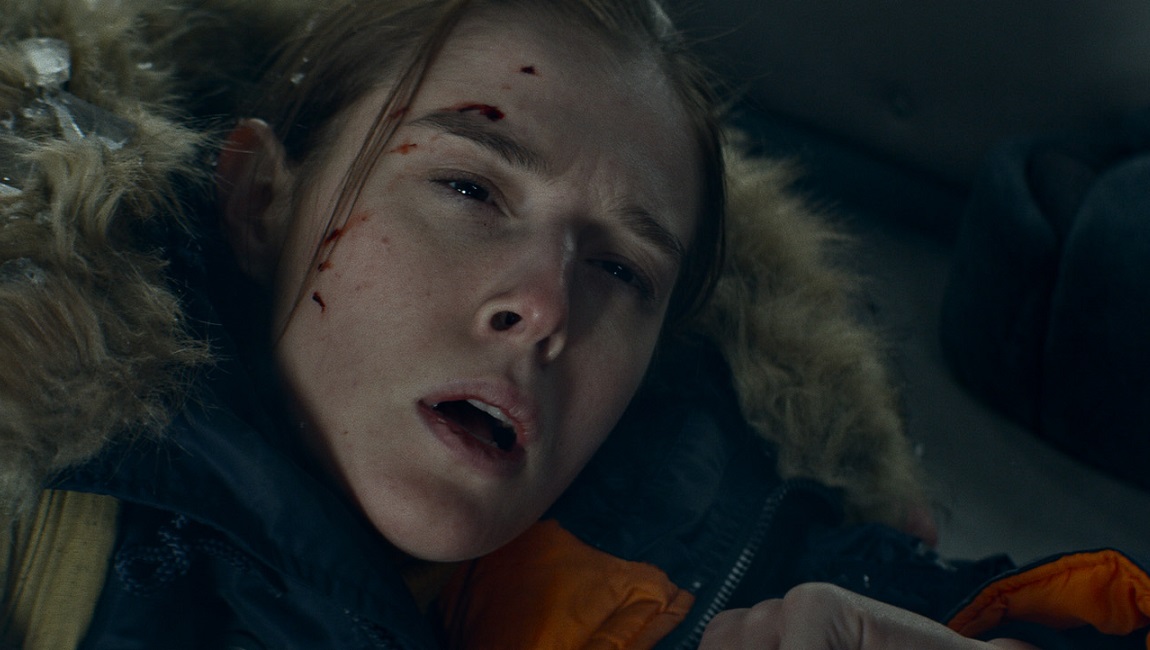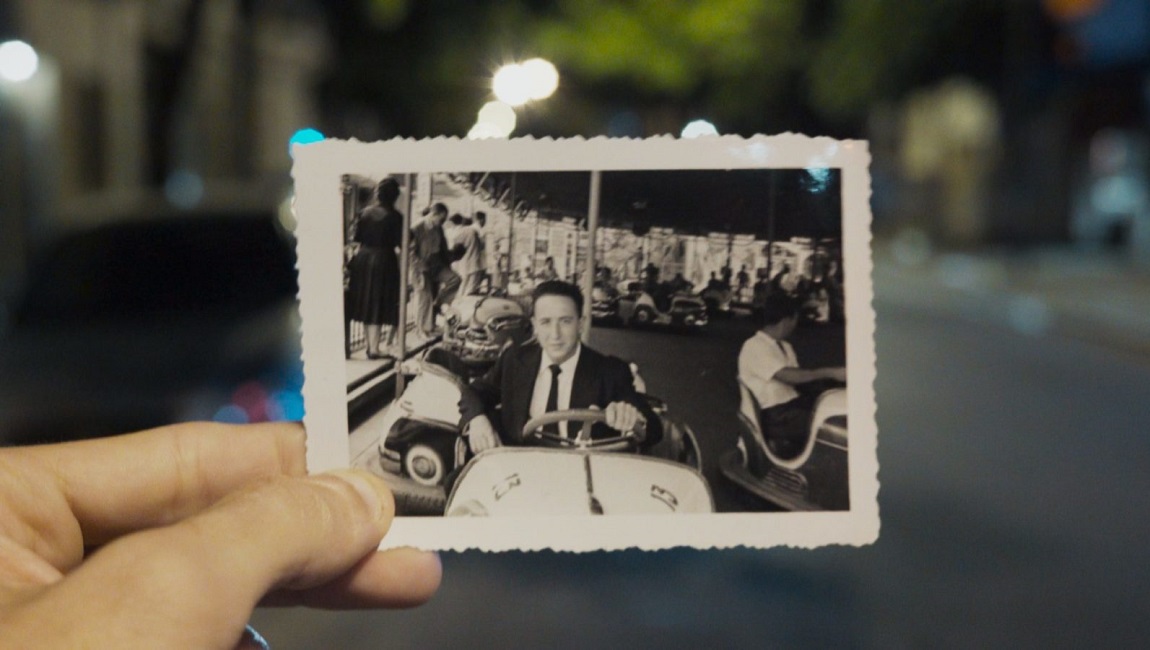It’s a bad sign that the only person attempting anything in The Tax Collector is also delivering a racist caricature as performance.
David Ayer isn’t a particularly good filmmaker, but he’s certainly consistent. Since his Oscar-winning screenplay for Training Day, Ayer has obsessively tilled the same terrain of clichéd, hyper-masculine buddy cop tropes and lazy day-in-the-life story structures, applying them like a one-size-fits-all template in successive films. Like a little kid smashing toys together, Ayer is really into cops and robbers and soldiers. And while he made his name with an overly complicated portrait of police corruption, more often his films are defined by a deeply evident, vaguely conservative, black-and-white moralism. (It shouldn’t be surprising, then, that his new film, The Tax Collector, splashes “love – honor – loyalty – family” right after the title card like one of those ludicrous annual NFL promotions or a military recruitment ad.) Anyone can be a good guy in an Ayer film, even gangbangers and supervillains and corrupt cops, as long as they have a code. It’s immature machismo and chest thumping bullshit mixed with an almost fetishistic fascination with Latinx street culture. In that sense, The Tax Collector isn’t much different from Ayer’s other work, distinct only by being the worst thing he’s made.
To be fair, the timeline of The Tax Collector takes place over the course of two or three nights, not just one (it’s a little fuzzy). It otherwise adheres to the Ayer rubric, less a movie than an assemblage of miscellany that he can mix and match. David (Bobby Soto) and Creeper (Shia LaBeouf) are BFF gangsters who cruise around town collecting kickbacks from other gangbangers as part of a protection racket. Every crew has to pay the ‘tax,’ which is then delivered to David’s uncle, played by a miscast George Lopez. The first 45 minutes of this 90-minute film are just David and Creeper driving around town, spewing sub-Tarantino banter like it’s the late ’90s, and intimidating low-level thugs. Ayer wants to be very clear that these guys are ultimate badasses, violent enforcers who can bend lesser men to their will with little more than an intense stare. Ayer doesn’t introduce the film’s ostensible villain until the halfway point, meaning that there is essentially no real narrative up to that point. Of course, the big bad is some generic psycho who has a vendetta against David’s family and has decided that all their turf is now his turf, and he’s prepared to kill anyone who gets in his way. As the beginning of the film has already informed us, the good guys are all about loyalty and family (even though they’re also violent murderers), so when David’s wife is killed, it’s up to him to get his kids back and end the street war. All of this narrative development is crammed into roughly 30 minutes of screen time, which somehow feels simultaneously rushed and never-ending. There’s a whole lot of macho guys calling each other “brother,” declaring their love for each other, and doing that special kind of bro-hug where they pat each other on the back a lot. It’s all a bit much, made even more ridiculous because Ayer seems to earnestly believe in this pathetic bullshit.
Like most mediocre directors, Ayer lives and dies on the skill of his collaborators. Working with cinematographer Roman Vasyanov, Ayer managed to find some weird, interesting textures in Suicide Squad and elsewhere stage some pretty compelling nighttime warfare in Fury. At his best, Ayer has an eye for authentic location shooting and gritty, crime-scene style photography. He prefers to bathe images in glowing neon hues and moody colored gels. He’s also a fan of goopy, chunky viscera, one of the most compelling aspects of the gleefully violent Sabotage. Among its myriad sins, The Tax Collector’s most egregious is that it’s plain boring to look at, a surprising charge given that it was shot by the great Salvatore Totino. The film looks like it was shot on consumer-grade DV from the early 2000s, and then color corrected to look like piss. It’s all extreme closeups and shaky handhelds, demonstrating with no depth of field beyond the occasional cut to some weird silhouetted figures or gauzy snippets of dream sequences. The whole thing looks like it was filmed over a long weekend, with a rental car and a couple of borrowed locations.
The most notable discourse surrounding the film, though, concerns LaBeouf’s appropriation of Latinx culture for his performance. It’s essentially a Hispanic version of blackface, a minstrel show, complete with an affected ‘homey’ accent. Ayer has defended this decision by stating that he too was a Caucasian kid growing up in a Mexican American neighborhood, an equivocation attempting to lend the film an air of autobiographical authenticity. Certainly there’s a movie that could be made about conflicting ethnic identities, a movie that tackles this tricky subject matter with tact and subtlety. Unfortunately, tact and subtlety are two of the most obvious qualities that Ayer lacks, despite his outdated awards pedigree. But while LaBeouf may be portraying a racist caricature, hissing “homes” and “see” every other word, he’s also the only one on screen who even appears to be trying. It’s never a good sign when the only lifeblood in your film is the white boy performing offensive gangster cosplay.







